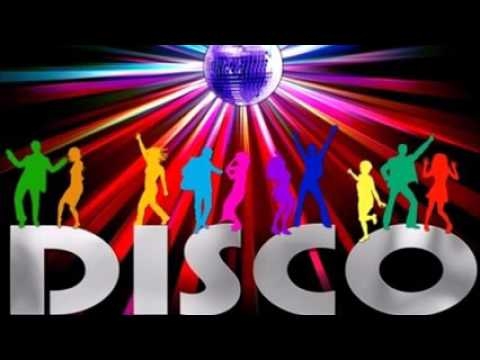Details:
Disco is a genre of dance music containing elements of funk, soul, pop, and salsa. It achieved popularity during the mid-1970s to the early 1980s. Its initial audiences in the U.S. were club-goers from the gay, African American, Italian American,[1] Latino, and psychedelic communities in Philadelphia and New York City during the late 1960s and early 1970s. Disco can be seen as a reaction against both the domination of rock music and the stigmatization of dance music by the counterculture during this period. It was popular with both men and women, from many different backgrounds.The disco sound often has several components, a "four-on-the-floor" beat, an eighth note ;(quaver) or 16th note (semi-quaver) hi-hat pattern with an open hi-hat on the off-beat, and a prominent, syncopated electric bass line. In most disco tracks, string sections, horns, electric piano, and electric rhythm guitars create a lush background sound. Orchestral instruments such as the flute are often used for solo melodies, and lead guitar is less frequently used in disco than in rock. Many disco songs use electronic synthesizers, particularly in the late 1970s.Well-known 1970s disco performers included Donna Summer, the Bee Gees, Boney M, KC and the Sunshine Band, The Trammps, Sylvester, The Village People, Gloria Gaynor and Chic. While performers and singers garnered much public attention, record producers working behind the scenes played an important role in developing the "disco sound". Many non-disco artists recorded disco songs at the height of disco's popularity, and films such as Saturday Night Fever ;(1977) and Thank God It's Friday ;(1978) contributed to disco's rise in mainstream popularity. Disco was the last mass popular music movement that was driven by the baby boom generation. Disco was a worldwide phenomenon, but its popularity drastically declined in the United States in 1980, and by 1982 it had lost most of its mainstream popularity in the states. Disco Demolition Night, an anti-disco protest held in Chicago on 12 July 1979, is commonly thought of as a factor in disco's fast and drastic decline.By the late 1970s most major U.S. cities had thriving disco club scenes, where DJs would mix a seamless sequence of dance records. Studio 54, a venue popular amongst celebrities, is a well-known example of a disco club. Popular dances included the Hustle, a sexually suggestive dance. Discotheque-goers often wore expensive, extravagant and sexy fashions. There was also a thriving drug subculture in the disco scene, particularly for drugs that would enhance the experience of dancing to the loud music and the flashing lights, such as cocaine. Disco clubs were also associated with promiscuity.

